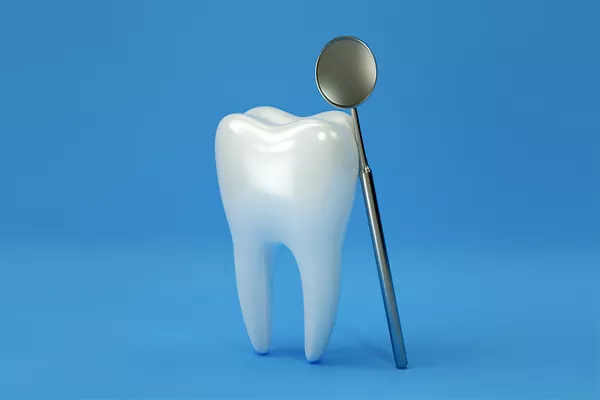When it comes to tooth fillings, strength and durability are key factors in ensuring a long-lasting solution. With so many filling materials available, it can be difficult to determine which one is the strongest. Here are three of the strongest tooth filling options to consider:
Option 1: Amalgam fillings
- Amalgam fillings, also known as silver fillings, have been used for over 150 years and are one of the strongest filling materials available.
- Made from a mixture of metals, including silver, tin, and copper, amalgam fillings are known for their strength and durability.
- They are often used for fillings in the back teeth, where chewing forces are greatest.
- Amalgam fillings are also cost-effective and have a long lifespan, often lasting 10-15 years or more.
Option 2: Composite fillings
- Composite fillings, also known as tooth-colored fillings, are made from a mixture of plastic and glass materials and are becoming increasingly popular due to their natural appearance.
- They are also strong and durable, although not quite as strong as amalgam fillings.
- Composite fillings are often used for fillings in the front teeth, where appearance is important.
- While they are more expensive than amalgam fillings, they are still a cost-effective option and can last up to 10 years or more.
Option 3: Ceramic fillings
- Ceramic fillings, also known as porcelain fillings, are the strongest and most durable filling material available.
- They are made from a high-quality, biocompatible ceramic material that is both strong and natural-looking.
- Ceramic fillings are often used for fillings in the front teeth or for larger fillings where strength is important.
- While they are the most expensive filling option, they can last 15-20 years or more with proper care.
Choosing the strongest tooth filling material is an important decision that can impact the longevity of your dental work. Amalgam fillings, composite fillings, and ceramic fillings are all strong and durable options that can provide long-lasting solutions. It is important to discuss the pros and cons of each material with your dentist to determine which option is best for your individual needs and budget.
































